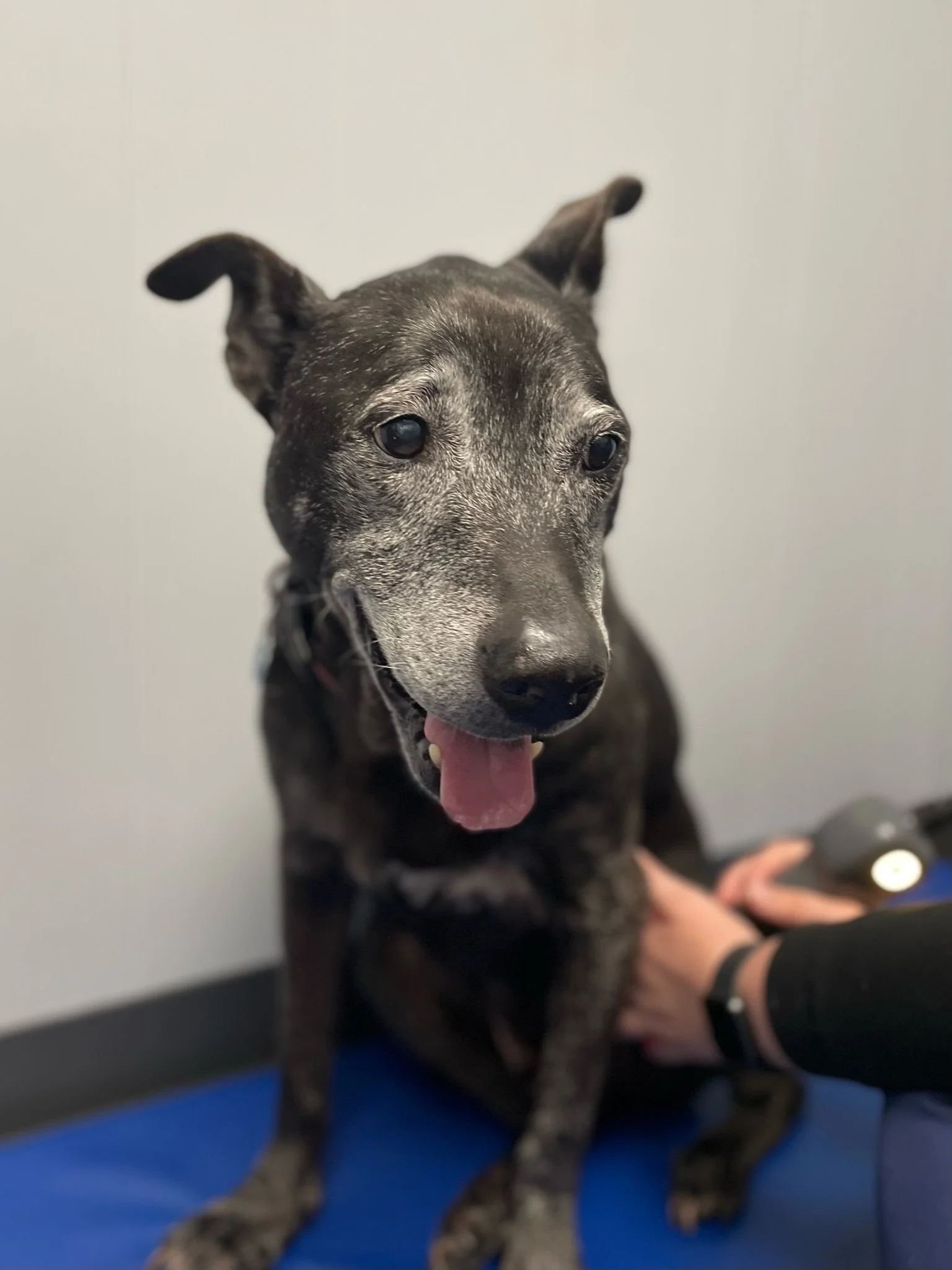September 2024
Dear Clients,
We would like to congratulate Tasha, who was promoted to our Practice Manager position. Tasha is here to help your experience at FVR be as smooth as possible, please say hello and send her an email if you have any administrative needs.
September is Pain Awareness Month. This month we will be doing a deep dive into pain. Different types of pain may require a different approach to treat. This may include a variety of different types of medications or modalities (laser, shockwave, acupuncture, chiropractic, etc) to treat the root cause of pain.
Acute pain (nociceptive) is pain that happens at the time of an injury or disease. Nociceptive pain is necessary to keep the body safe and healthy. Pain signals are most helpful in the kitchen. It alerts us to move our hand off of a hot stove or not to cut our fingers chopping vegetables. It alerts us to something wrong inside, for example, in the case of appendicitis, which triggers a trip to the ER and advanced imaging to identify the problem. Without pain, we would likely not make it beyond adolescent years without serious injury.
When acute pain is prolonged (1-3 months) and untreated, the neurology of pain changes. The continuous firing of pain signals triggers new neural cells to develop (glial cells) which encourage the pain signal to persist. This is termed neuropathic or chronic pain. Chronic pain can appear as allodynia or hyperesthesia, which is pain in an areas where there should be no pain or a heightened pain response to stimulus, respectively.
The most common example of neuropathic pain, is osteoarthritis. Osteoarthritis starts as an inflammatory pain from trauma or joint incongruence. During the initial injury, patients respond well to anti-inflammatories and supplements, but as the osteoarthritis worsens and persists, the pain can become chronic (neurogenic) and the anti-inflammatories no longer work alone. At this point, we have to interfere with medications and modalities that can work on a higher, neurologic level to try and stop or dampen this signal of pain.
Medications that can be used for chronic pain include: Gabapentin, Pregabalin, Amantadine, Ketamine, or Librela.
Modalities that can be used for chronic pain include: Physical rehabilitation, acupuncture, chiropractic, shockwave, laser, PEMF, massage
The best way to prevent chronic pain from happening is to be proactive. Identifying osteoarthritis early and beginning preventative actions can help manage the pain of osteoarthritis. Maintaining a proper weight, daily low impact exercise, and supplements that help protect cartilage are great proactive measures. During our exams we can identify problem areas and obtain radiographs so that we can monitor and intervene when appropriate with the proper supplements, medications, and modalities.
If you are not sure if your pet is in pain and would like an initial evaluation, please give us a call!
Have a very safe month and we will see you soon!
Peace and Love,
Dr. Lisa Mason



